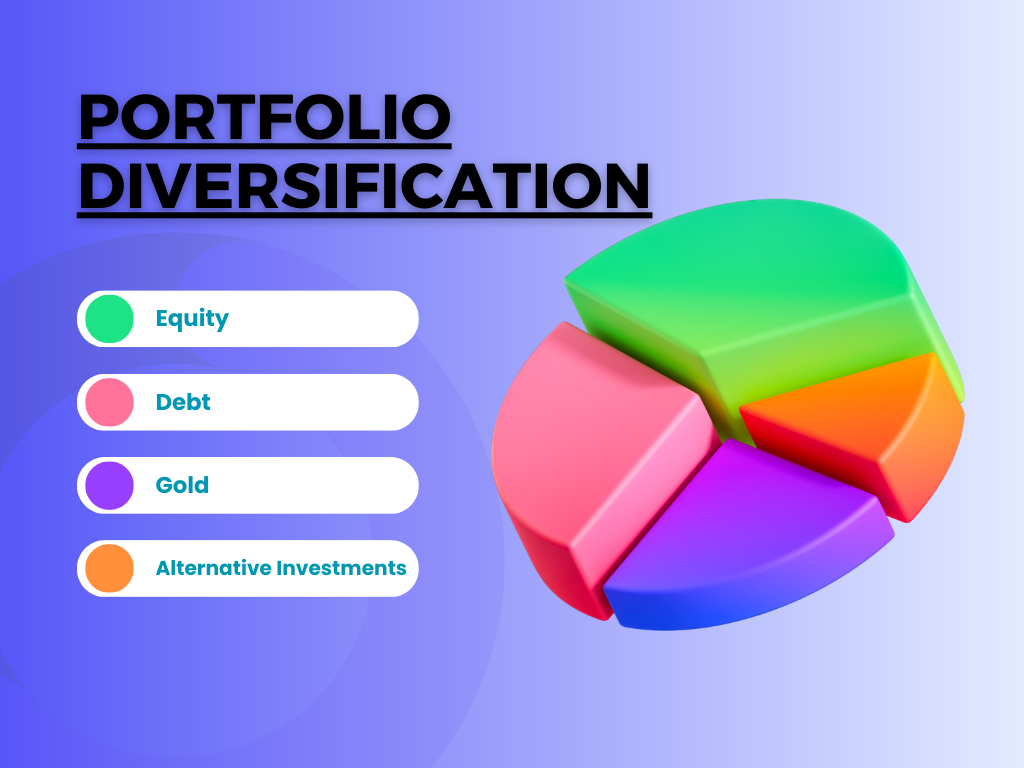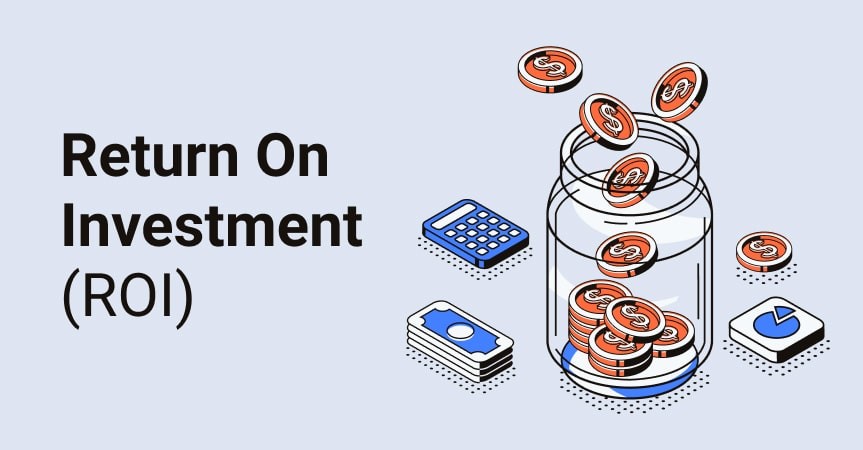Cracking the code of how to invest in SaaS can feel like deciphering an ancient language. You’re aware it’s a growing market with high potential, but where do you even start?
This is no get-rich-quick scheme; investing in SaaS businesses demands understanding complex metrics and knowing how to read between lines of financial statements.
But what if you had a roadmap?
A guide that untangles intricate aspects such as customer acquisition cost, annual recurring revenue, and company growth potential? That highlights why evaluating management teams matters and underscores the role product differentiation plays for competitive edge?
We’re here to provide just that. By reading on, you’ll unlock invaluable insights into making informed investment decisions – transforming confusion into confidence.
Understanding the SaaS Business Model
The SaaS model has disrupted the traditional business operations, providing a subscription-based approach to software that facilitates predictable income and customer loyalty. By offering software on a subscription basis, it allows for predictable revenue streams and improved customer retention.
The Role of Recurring Revenue in SaaS
Recurring revenue is the essential element for any flourishing SaaS business to comprehend. This predictability lets companies plan their growth with confidence. Unlike traditional startups where income can fluctuate wildly, consistent monthly or annual subscriptions give these firms financial stability.
This isn’t just good news for the SaaS companies themselves but also presents an enticing prospect for investors looking at SaaS startups as potential investment opportunities. The idea here is simple: stable revenues equal lower risk.
But what about acquiring new customers? Let’s delve into that now.
Succeeding with Customer Acquisition and Retention
In addition to steady cash flow from existing subscribers, another cornerstone of success lies in effective strategies to acquire customers. Without continually growing its user base, even a company with high rates of customer retention may struggle to thrive long-term.
Focusing solely on acquisition without considering churn rate though would be like pouring water into a leaky bucket – ultimately futile. So alongside attracting new users through clever marketing tactics or appealing offers, keeping them satisfied so they stick around is equally important.
Customer retention tactics, therefore, are paramount; think personalized services or loyalty rewards programs – anything that makes your product indispensable to users’ daily lives.
Growth Potential Through Predictable Revenue Streams
So, a successful SaaS business model hinges on balancing these two aspects: acquiring new customers to fuel growth and keeping existing ones happy for steady revenue. The beauty of it all is that when done right, these elements feed into each other in a virtuous cycle – more subscribers lead to higher revenues which can then be reinvested back into the company for even greater growth.
The takeaway? When you’re investing in SaaS companies, pay close attention to their customer acquisition strategies and retention rates alongside their recurring revenue figures.
Key Takeaway:
SaaS Success Recipe: Investing in SaaS? Look for firms with a steady balance of customer acquisition and retention, backed by recurring revenue. A stable income lets them plan growth confidently, while new customers fuel expansion. This virtuous cycle can make your investment flourish.
Evaluating Key Metrics for Investment Decisions
When diving into the world of SaaS investing, understanding key metrics is vital. These indicators, like CAC (Customer Acquisition Cost), CLV (Customer Lifetime Value), and ARR (Annual Recurring Revenue), offer a clear snapshot of a company’s performance.
Importance of Customer Acquisition Cost in SaaS Investing
The CAC, or cost to acquire customers, is an important factor to consider. It gives you insight into how much capital the business needs to expand its customer base. A low CAC indicates that the company has effective marketing and sales strategies.
A high CAC, on the other hand, can be worrying as it could suggest inefficiencies in these areas. But remember – not all high-CAC companies are bad investments. Sometimes spending more up front can lead to greater revenue down the line through increased customer lifetime value.
Interpreting Annual Recurring Revenue
ARR, or annual recurring revenue shows us how much income we can expect from subscriptions each year. This predictable revenue stream provides stability and financial predictability; both critical when evaluating potential SaaS investments.
If a firm boasts growing ARR numbers over time, this may signal solid product-market fit with an expanding customer base willing to pay regularly for their services—definitely what investors love seeing.
Sustainability Through Churn Rate Analysis
Last but certainly not least: churn rate—the percentage of subscribers who cancel their subscription within a given period—is another crucial metric for investment decisions in SaaS businesses.
A higher churn rate means more lost customers, hence potentially lower CLV (Customer Lifetime Value). This might point to customer dissatisfaction, issues with the company’s product, or ineffective retention tactics.
Investing in a SaaS startup involves more than just evaluating its current financial statements. It requires understanding key metrics and trends that reflect not only on the company’s profitability but also on its potential risks and growth potential. So let your analysis be thorough.
Key Takeaway:
Understanding key SaaS metrics like CAC, CLV, and ARR is crucial when investing. A low CAC and growing ARR suggest effective strategies and product-market fit. However, a high churn rate can signal potential issues. Don’t just rely on financial statements – dig deeper into these indicators for a comprehensive analysis.
Analyzing Market Landscape for Saas Startups
Entering the realm of SaaS startups can feel like stepping into a labyrinth. With numerous potential pitfalls and rewards, it’s essential to have an understanding of the market landscape.
Navigating Market Trends
Investing in SaaS startups isn’t about jumping on board with every new trend. It’s about discerning which trends have longevity and growth potential. This involves analyzing financial statements, assessing product-market fit, gauging customer base size, and evaluating whether there is a high churn rate or low retention tactics in place.
A successful investment strategy often lies within spotting opportunities that others may overlook due to perceived risks. For instance, while many shy away from investing in companies with high CAC (Customer Acquisition Cost), this could signal more significant revenue per single customer over their lifetime if they manage to maintain lower churn rates.
Finding Lucrative Opportunities Amid Competition
The competitive landscape for SaaS businesses can be daunting but also reveals lucrative opportunities when approached strategically. The key is finding those gems that stand out among traditional startups by having something unique – such as intellectual property rights or advanced technology stack – underpinning their operations.
This uniqueness not only gives them an edge over competitors but also offers investors higher returns compared to standard business models due its recurring revenue stream nature – making these types of investments appealing despite potentially higher initial costs associated with acquiring customers.
Evaluating Growth Potential
Growth potential doesn’t just depend on current performance; it’s tied closely to future projections based on data-driven analysis around metrics like annual recurring revenues (ARR) and venture capital investing trends. Understanding where your chosen startup sits within this bigger picture can help guide investment decisions and determine an effective exit strategy.
A company’s growth potential isn’t just about the numbers, though. It’s also essential to look at qualitative aspects such as their team’s track record or company culture. Remember, it’s not only about investing in a product but also people who drive its success.
Risk Mitigation Strategies
Investing always comes with risks. However, there are ways to manage these risks intelligently and strategically.
Key Takeaway:
Stepping into SaaS startups is like navigating a labyrinth, filled with potential pitfalls and rewards. It’s not about chasing every trend but finding those with growth potential by analyzing key metrics. Look for unique opportunities among the competition that promise higher returns despite initial costs. Understand growth isn’t just numbers; it involves qualitative aspects too, such as team culture. And remember, this journey isn’t only about crunching data or ticking boxes—it’s also about embracing challenges and celebrating triumphs along the way.
Assessing the Management Team
The management team is a key factor when investing in SaaS companies. It’s their vision, skills, and leadership that guide the company towards long-term growth.
But how do you assess them? Here are some factors to consider:
Past Track Record
A track record of success can be an indicator of future performance. Look at each member’s past roles, achievements, and impact on previous organizations. The expertise they bring to the table is essential in making educated decisions concerning your investment.
Vision for Company’s Growth
Understanding their strategy for growth gives insight into potential returns on your investment. Are they targeting a growing market or trying to create one? Do they have unique tactics for acquiring customers?
Financial Acumen
Their ability to manage finances impacts the company’s financial stability. Can they balance between generating returns and controlling customer acquisition cost? A high churn rate might indicate issues with retention tactics or product-market fit.
Fostering Innovation
Innovation is vital in keeping up with evolving market trends while maintaining a competitive edge within industry standards. Ask yourself: does this team foster innovation?
While these points give insights into assessing management teams before making investment decisions, remember there isn’t always one right answer; different strategies work better depending upon circumstances.
Keep asking questions until you’re comfortable enough because at the end of the day, it will ultimately help shape the direction where the business heads off next.
Understanding Product Differentiation in SaaS Companies
In the highly competitive realm of SaaS firms, product diversification is an essential element for endurance. By offering unique features or better user experience than rivals, a company can stand out and attract more customers.
But what exactly makes for effective differentiation? It’s all about creating value that’s distinct from competitors. This could be through innovative functionality, superior customer service, or even pricing models tailored to your target market.
The benefits of successful product differentiation are many. A truly differentiated SaaS company can command higher prices due to less competition while building strong brand loyalty among its users. In turn, this helps reduce churn rates and increase the average lifetime value of each customer – crucial factors when evaluating any investment opportunity in SaaS companies.
Product Differentiation Examples in Successful SaaS Companies
A good example is Slack – their intuitive interface made team communication seamless compared to traditional email systems. Their edge? User Experience.
An interesting case study on product differentiation comes from Dropbox who focused heavily on ease-of-use and integrations with other tools like Google Docs & Office 365 making them an essential part of many people’s workflow. Remember: Functionality + Integrations = Success.
Taking Advantage Of The Competitive Landscape Through Innovation
Savvy investors know that identifying these differentiators can indicate which startups have high growth potential. They keep tabs on whether these companies innovate continuously so they stay ahead rather than become complacent once they achieve initial success.
This requires an ongoing commitment to understanding customer needs and staying agile enough to adapt quickly to changing market conditions. A good SaaS company will always be iterating, improving, and expanding their product offerings.
The Importance Of Product Differentiation For Investors
As an investor, understanding a company’s approach to product differentiation can give valuable insights into its future success. It’s not just about the unique features they offer today but how well positioned they are to continue innovating tomorrow.
needs is bound to thrive. It is essential for businesses to stay one step ahead, predicting customer needs even before they become apparent.
Key Takeaway:
Successful SaaS companies stand out with unique features, top-notch customer service, or tailored pricing. Examples like Slack and Dropbox show that user experience and functionality can make all the difference. Savvy investors should note this: a company’s product differentiation strategy gives insights into its future success potential.
Evaluating Financial Performance of SaaS Companies
When investing in SaaS companies, analyzing financial performance is a crucial step. Revenue growth, cash flow, and potential risks play pivotal roles in decision-making.
A company’s revenue can reveal much about its success and stability. High-growth SaaS businesses often show robust year-over-year increases in revenue. But it’s not just the amount; consistency matters too.
Consider annual recurring revenues (ARR). ARR paints a picture of how well a business can generate predictable revenue streams – an essential trait for SaaS firms.
Cash Flow Analysis
In addition to sales figures, understanding cash flow dynamics helps assess whether a company has enough money to fund operations or needs external financing.
Negative cash flows aren’t necessarily bad news if they’re tied to high growth investments that will boost future earnings. However, persistent negative cash flows might signal deeper issues like high churn rates or difficulties acquiring customers efficiently – factors you’d want to avoid as an investor.
Risk Evaluation
All investments come with some degree of risk. When it comes to SaaS ventures though, certain unique challenges need consideration.
For instance, market corrections could impact valuations significantly – case in point being the interest rate increase in 2023 causing valuation adjustments for many overpriced but valuable tech stocks including those from the SaaS industry.
Even then these disruptions didn’t stop strong performers from growing further highlighting why due diligence must consider both immediate circumstances and long-term trends when evaluating potential risks associated with your investment decisions.
Investing in SaaS: The Bottom Line
In the end, evaluating financial performance of a SaaS company involves considering multiple factors. From scrutinizing revenue growth to analyzing cash flow and assessing potential risks – each aspect offers unique insights into the company’s business health.
Though figures may give us an idea of a business’s history and current condition, they cannot always accurately forecast its potential prosperity or decline. Hence it’s crucial to balance these quantitative assessments with qualitative analysis like understanding the management team, product-market fit, customer base etc., for well-rounded investment decisions.
Key Takeaway:
Investing in SaaS companies requires a keen eye on financial performance, considering revenue growth, cash flow dynamics, and potential risks. Don’t just look at the numbers – consistency of revenues and understanding where negative cash flows are invested is vital. Balance these quantitative insights with qualitative ones like management team assessment for well-rounded investment decisions.
Making Informed Investment Decisions in SaaS
Gaining from SaaS companies can be a potentially profitable venture. But it requires understanding key aspects like customer acquisition cost, growth potential, and more.
To start off, remember that every investment decision begins with an analysis of the company’s financial statements. They reveal vital information about revenue streams and financial stability.
Annual recurring revenue (ARR), for instance, is a great predictor of future performance. A steady or growing ARR shows that the business has reliable income sources which can lead to long-term success.
You also need to look at the customer acquisition cost (CAC). If a company spends too much acquiring customers but doesn’t retain them well enough, this could signal high churn rates – something you’d want to avoid as an investor due to its impact on profitability.
Considering Market Trends
Market trends should not be overlooked when making investment decisions. Understanding these helps determine whether there’s potential for your invested capital to grow alongside industry developments.
Venture capital investing often involves looking at emerging markets with high growth potentials; they offer attractive opportunities for generating returns.
Evaluating The Team Behind The Product
Apart from numbers and trends though, consider who’s running the show – yes we’re talking about management. Their track record could provide insights into how capable they are at steering towards continued growth while navigating potential risks.
Furthermore, don’t forget product-market fit. This will help gauge if their offerings align with market needs thus securing stable revenues over time.
The Exit Strategy Factor
Last but not least, check out the exit strategy. An exit strategy is essential for obtaining returns on your investment and should be taken into account when making informed decisions.
While there’s no surefire way to predict success in SaaS investments, these pointers can certainly help guide your decision-making process.
In conclusion, informed decisions involve analyzing several factors from financials to team competency. It might seem like a lot but with careful scrutiny and due diligence, finding that golden opportunity is definitely possible.
Key Takeaway:
Investing in SaaS requires savvy analysis of financials, keen observation of market trends, a deep understanding of the team’s capabilities, and clear insight into exit strategies. It might seem overwhelming but with careful scrutiny and due diligence – you can strike gold.
Conclusion
Decoding how to invest in SaaS can seem like a tough nut to crack…
Until you’re equipped with the right knowledge.
You’ve learned about the significance of recurring revenue, and how metrics like customer acquisition cost and annual recurring revenue are critical.
You’ve dived into understanding market trends, management team evaluations, product differentiation strategies… All crucial for making informed decisions.
We also explored financial performance indicators – important factors that help identify potential risks and rewards in SaaS investing.
In conclusion, becoming successful at investing in SaaS businesses isn’t an overnight journey but it is possible. So keep these insights handy as they will guide your way through this lucrative opportunity!
If you want to learn more about this, sign up for my newsletter.


